The last time I was in Diyarbakir, Turkey, it was in July during Ramadan. The southeastern city felt hot and hostile, with beckoning backstreets full of lewd children and sketchy men. I try to focus on the positive– and there were certainly things I liked about Diyarbakir– but when it came down to it, I just didn’t enjoy my time there.
Then I went back.
I was invited by a friend to come for Newroz, a holiday celebrated by Turkey’s Kurds that began as a celebration of spring and the Persian New Year, but has become much more political. I wasn’t quite sure what to expect: celebration or rally? Either way, I figured it would be interesting.
I’ve been lucky to travel extensively in Turkey, but there are few places I’ve returned to– discounting Istanbul, Selcuk is the only place I’ve traveled to multiple times (thanks to the annual Camel Wrestling Festival, which has become a yearly pilgrimage among my expat friends).
It’s easy to have a brief negative experience and completely write off a city. Often, though, the negativity is a combination of factors both personal and circumstantial.
Take Diyarbakir—should it really be surprising that my first visit there was unenjoyable? It was the middle of sweltering summer, everyone in town was fasting (and, as I could have expected, acting grumpy), and I was traveling with another blonde girl. We stuck out a mile.
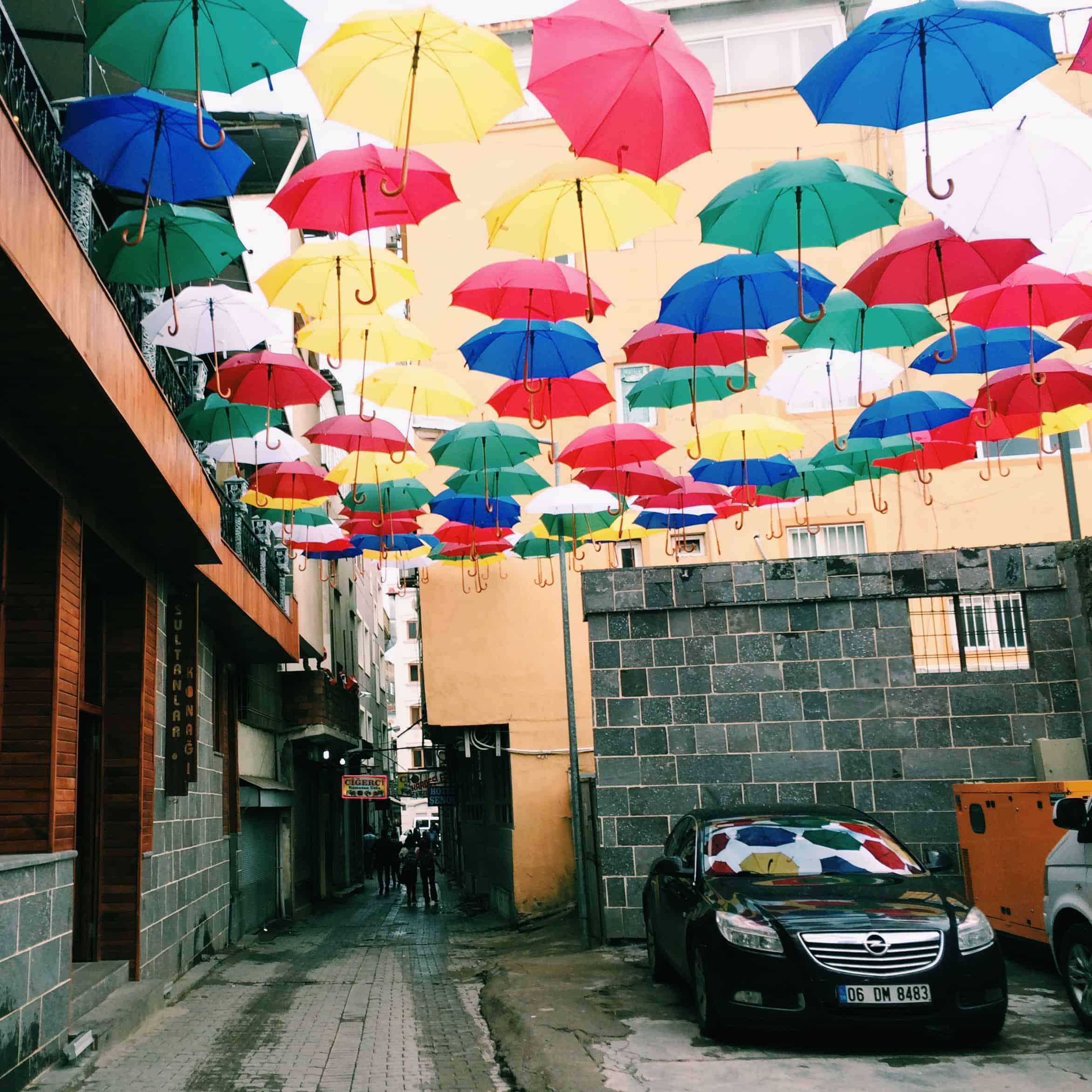
When I returned, the circumstances couldn’t have been more different. I was traveling with two men (one of whom speaks fluent Turkish), the weather was cool and comfortable pre-spring, and the mood was celebratory. As the de facto capital of the Kurdish region in Turkey, Diyarbakir fills up during Newroz with tourists eager to partake in the celebration, or just to see what the fuss is all about. The city had a lively energy that was completely missing the last time I passed through. And this time, we actually went out in Diyarbakir. I didn’t realize it was possible to have such lively beer-and-raki nights in this city—both nights I spent in Diyarbakir ended in a swirl of laughter and alcohol and new friends.
Newroz, the event that drew me to Diyarbakir, turned out to be only a tiny part of the weekend. We trekked to a big field surrounded by nondescript buildings and filled with people dancing in circles and wearing sparkly costumes or Kurdish flags or knock-off military uniforms. The Kurds in Syria had pushed back ISIS from the Syrian border city of Kobane less than two months before Newroz, and there were many victory flags and solidarity banners throughout the crowd.
However, there wasn’t really much going on: the crowds danced and the speakers shouted in Kurdish and Turkish and the weather stayed cold and clammy; eventually we tired of the whole thing and headed back to the center of the city. We hopped in a cab just as the clouds burst open and the rain gushed down; I was glad we’d already left the muddy celebration field.
It was the next day, wandering the city, that cemented my fascination with the place. My friend John and I explored Diyarbakir’s back streets, peeking into small museums dedicated to Kurdish poets, chasing golden sunlight into Armenian churches, and drinking tea surrounded by traditional musicians and stray cats.
Diyarbakir looks and feels much different from other cities in Turkey, with its dark stone buildings and imposing black wall. Diyarbakir’s Grand Mosque, for example, is unlike any other I’ve seen in Turkey, with its dark gray stone and distinct architecture that makes it look like something out of old England, not southeast Anatolia.
As golden hour rushed in, John and I made our way to Mardin Gate, the southern entrance through Diyarbakir’s walls. People lined the top, singing and dancing and enjoying the pink sunset. We climbed up, people-watching and talking about Turkey.
Looking down, green fields stretched out beyond Mardin Gate. This lush green land below Diyarbakir’s city walls are the 7000-year-old Hevsel Gardens, which sit next to the Tigris River and still provides produce for the city. I gazed out at sunset and was struck by the weight of history… This land is so key to understanding why there is a city here at all. The gardens fed this walled city. They are threatened by development, of course—this IS Turkey—but hopefully saner and historically-focused minds will prevail.
I left Diyarbakir that night, fifty hours after arriving. The Diyarbakir I landed in was not the one I left behind in July. This was a city that completely fascinated me in all its strange complexity. I really think that Turkey’s Southeast is my favorite part of the country—certainly the most intriguing. So what are you waiting for?
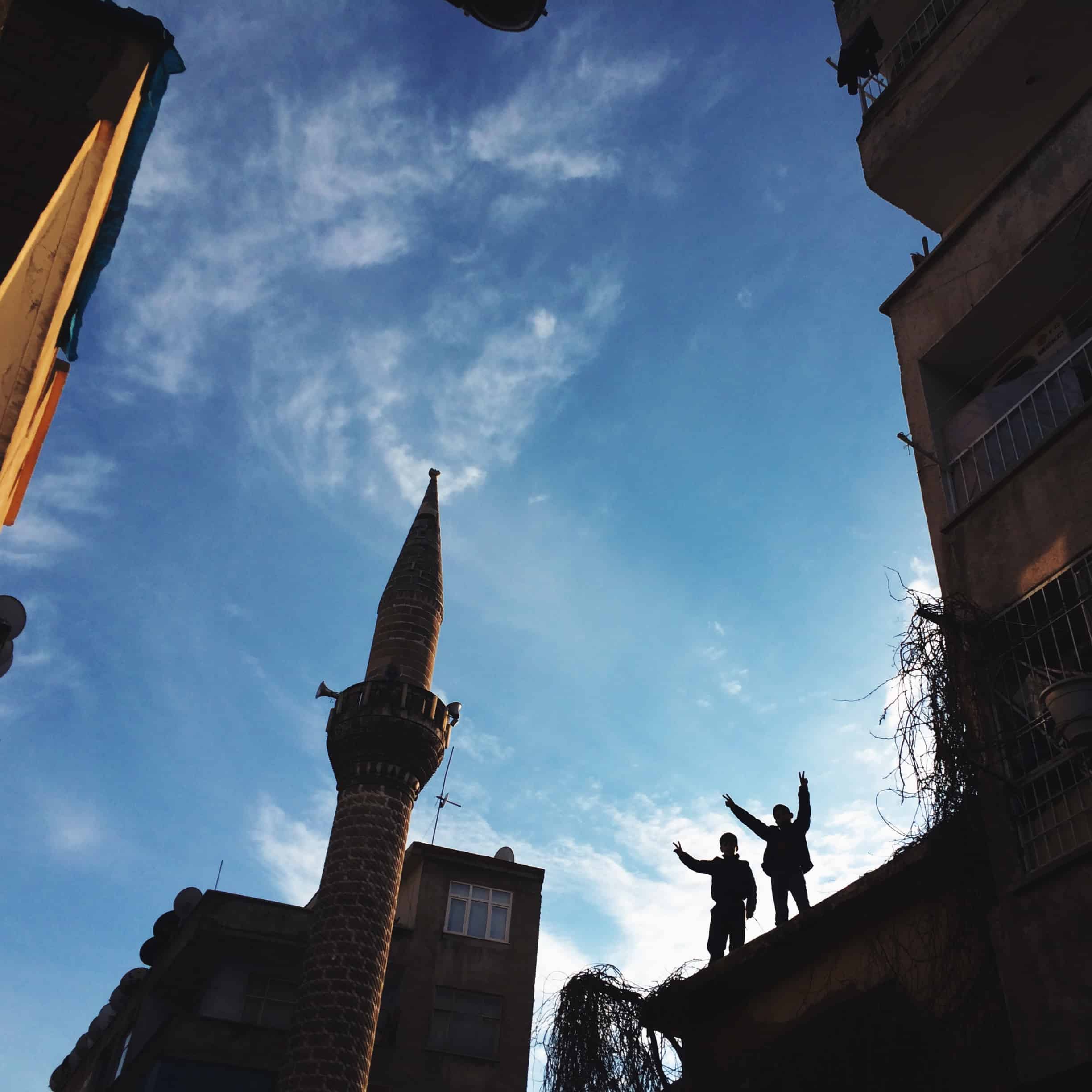


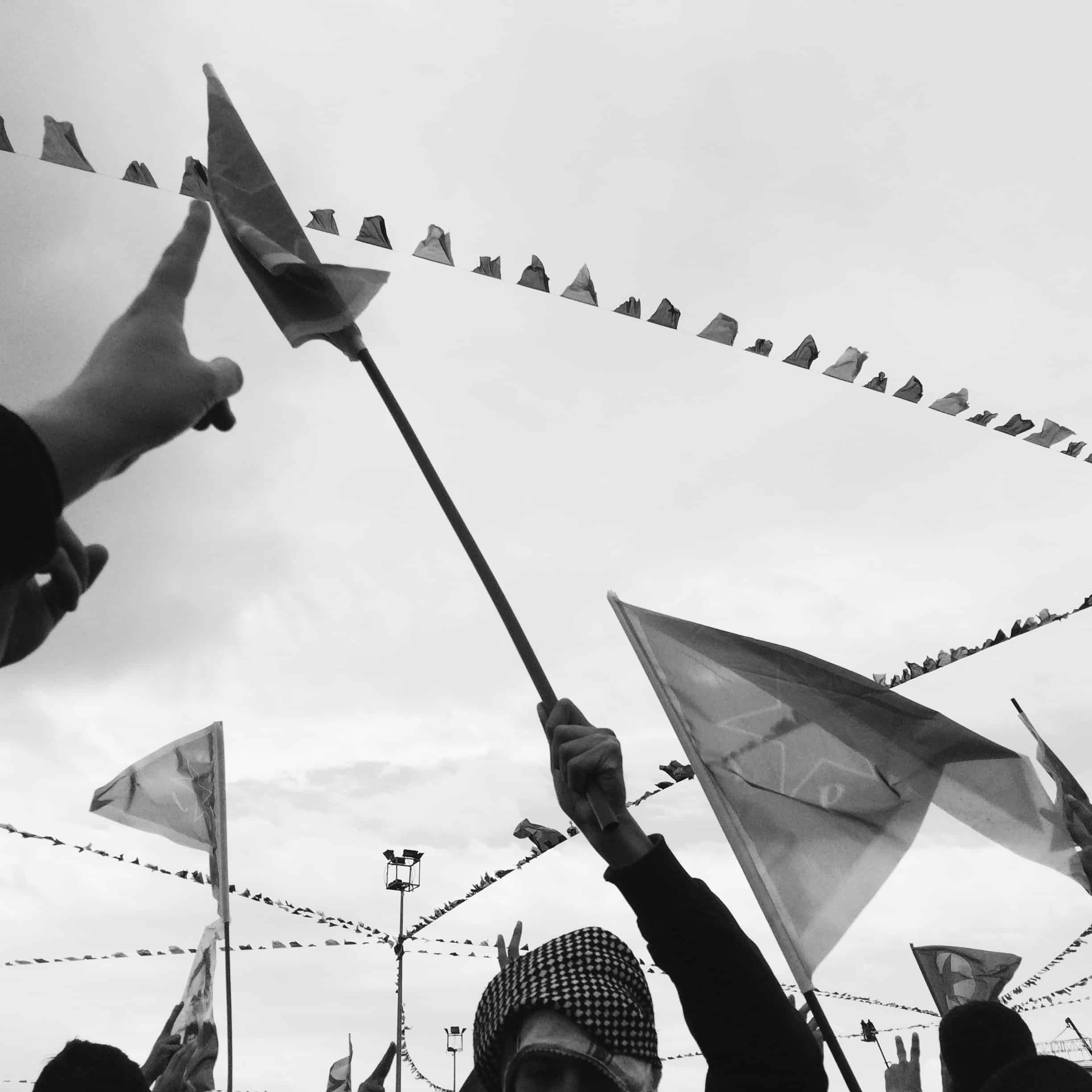

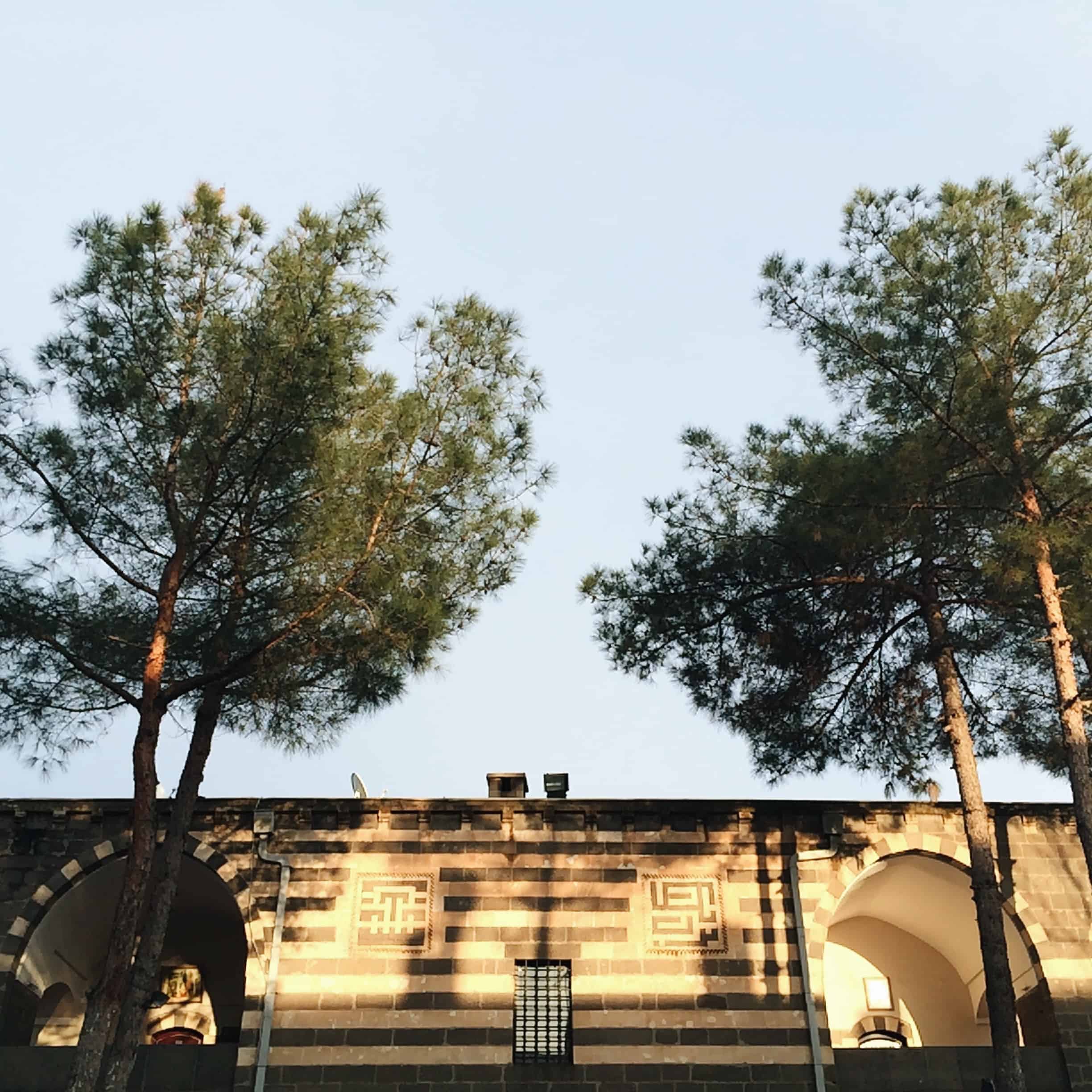
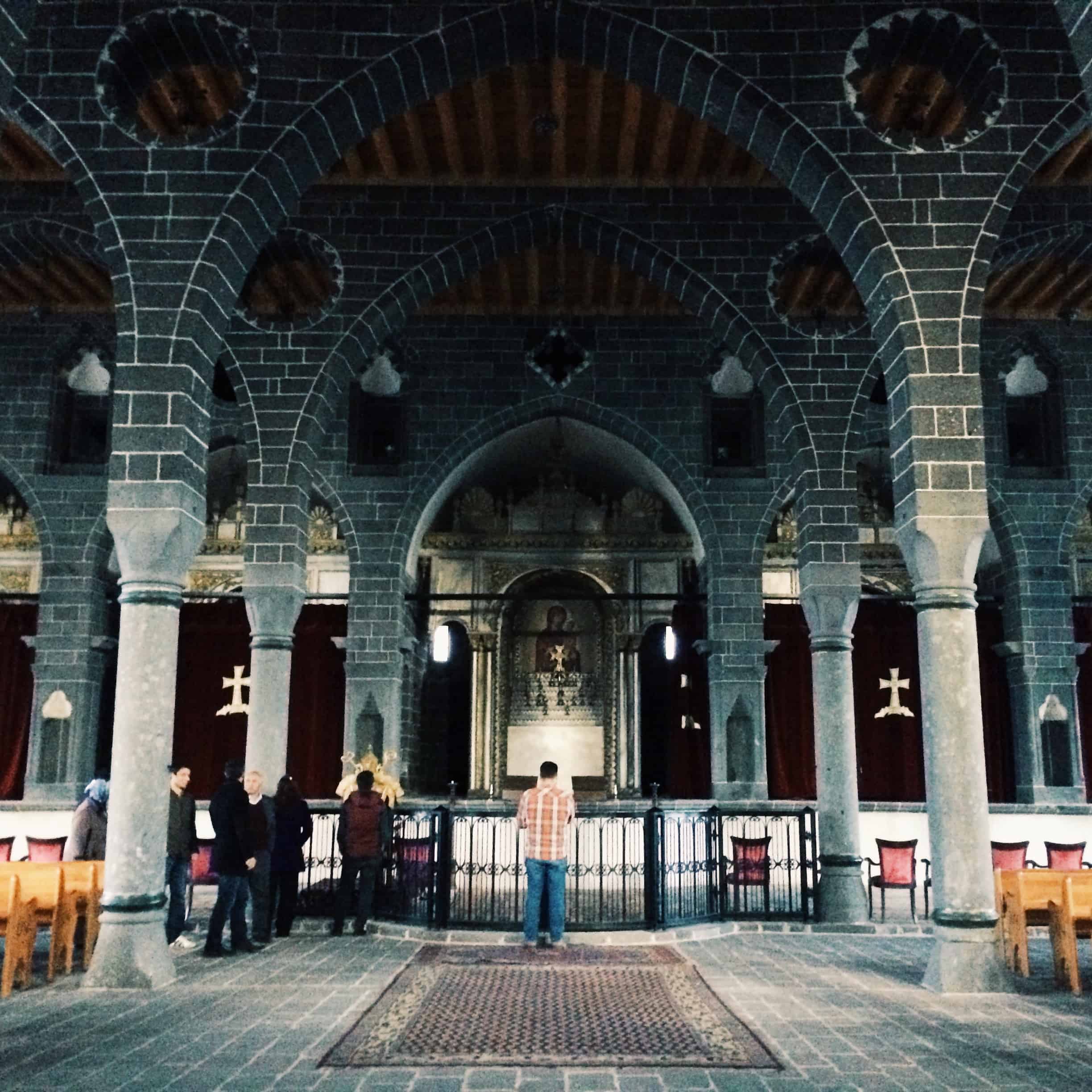

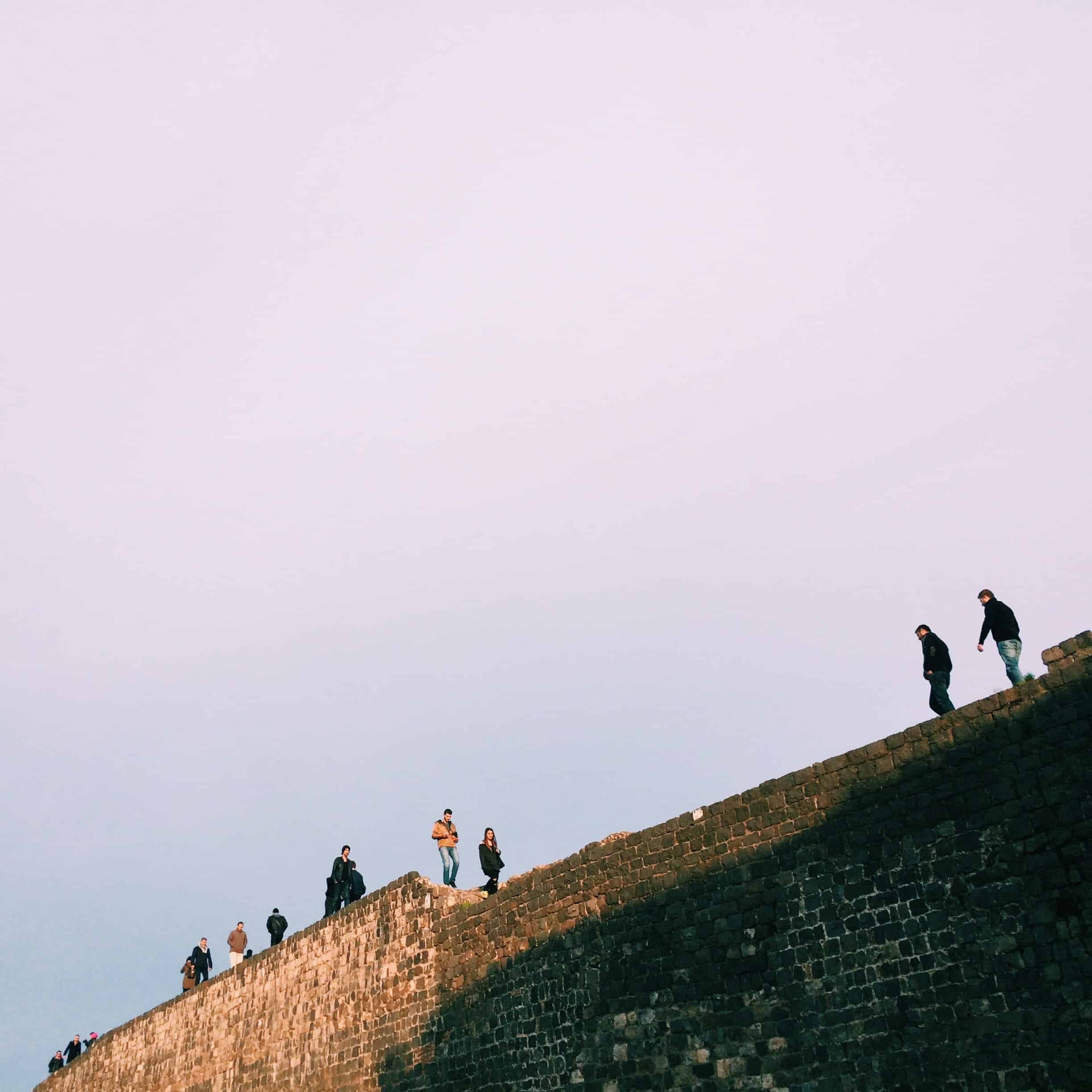

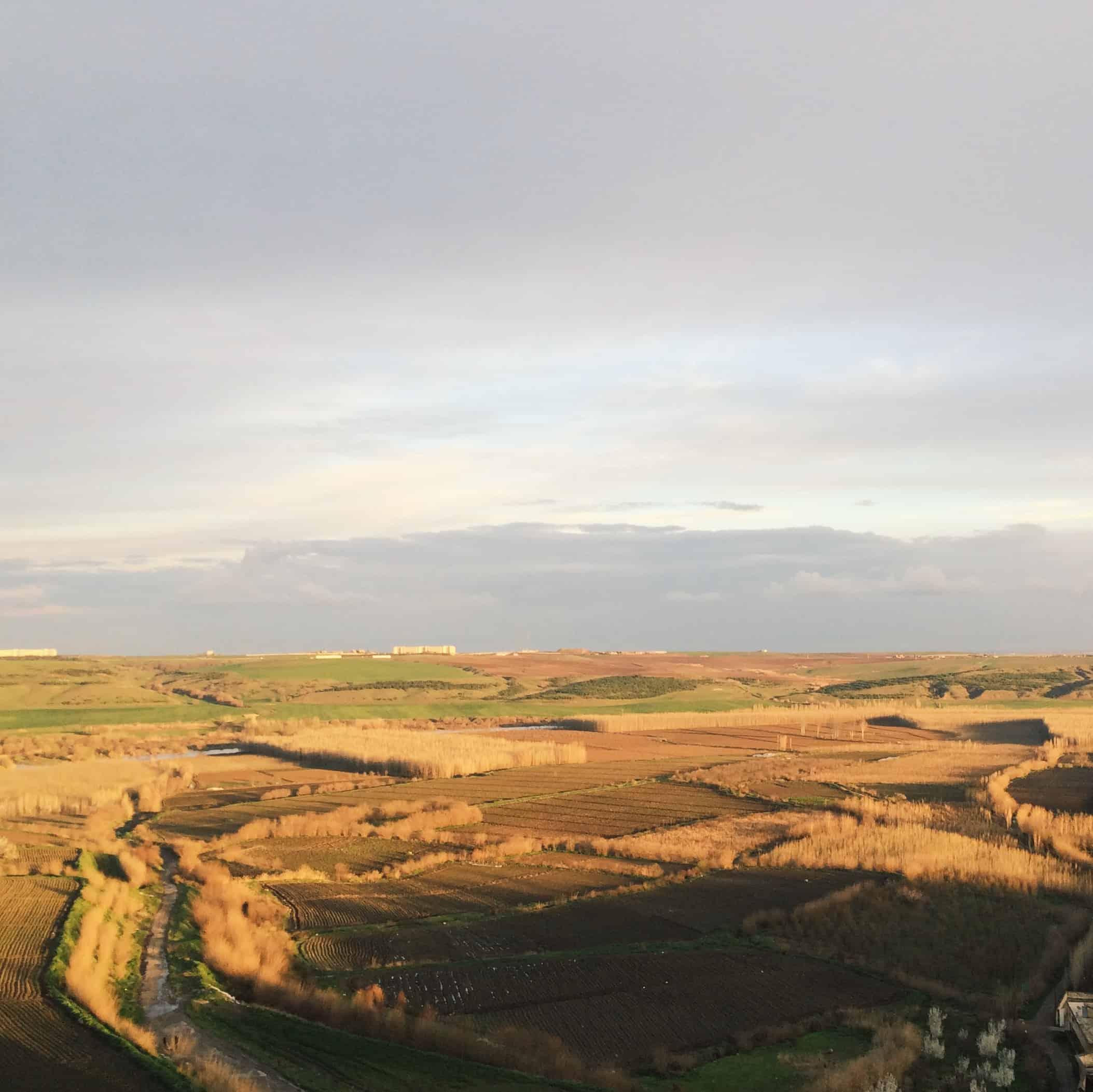
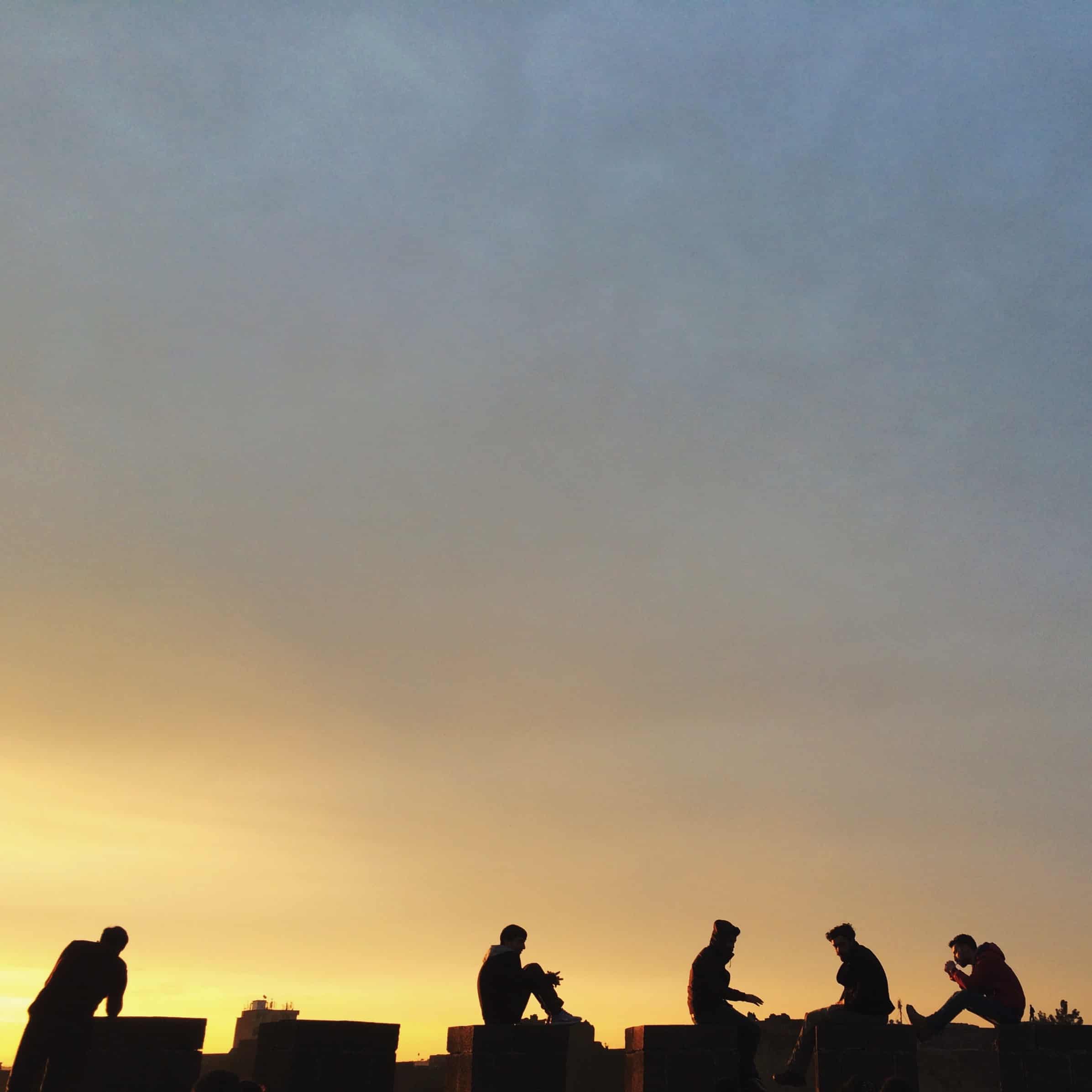
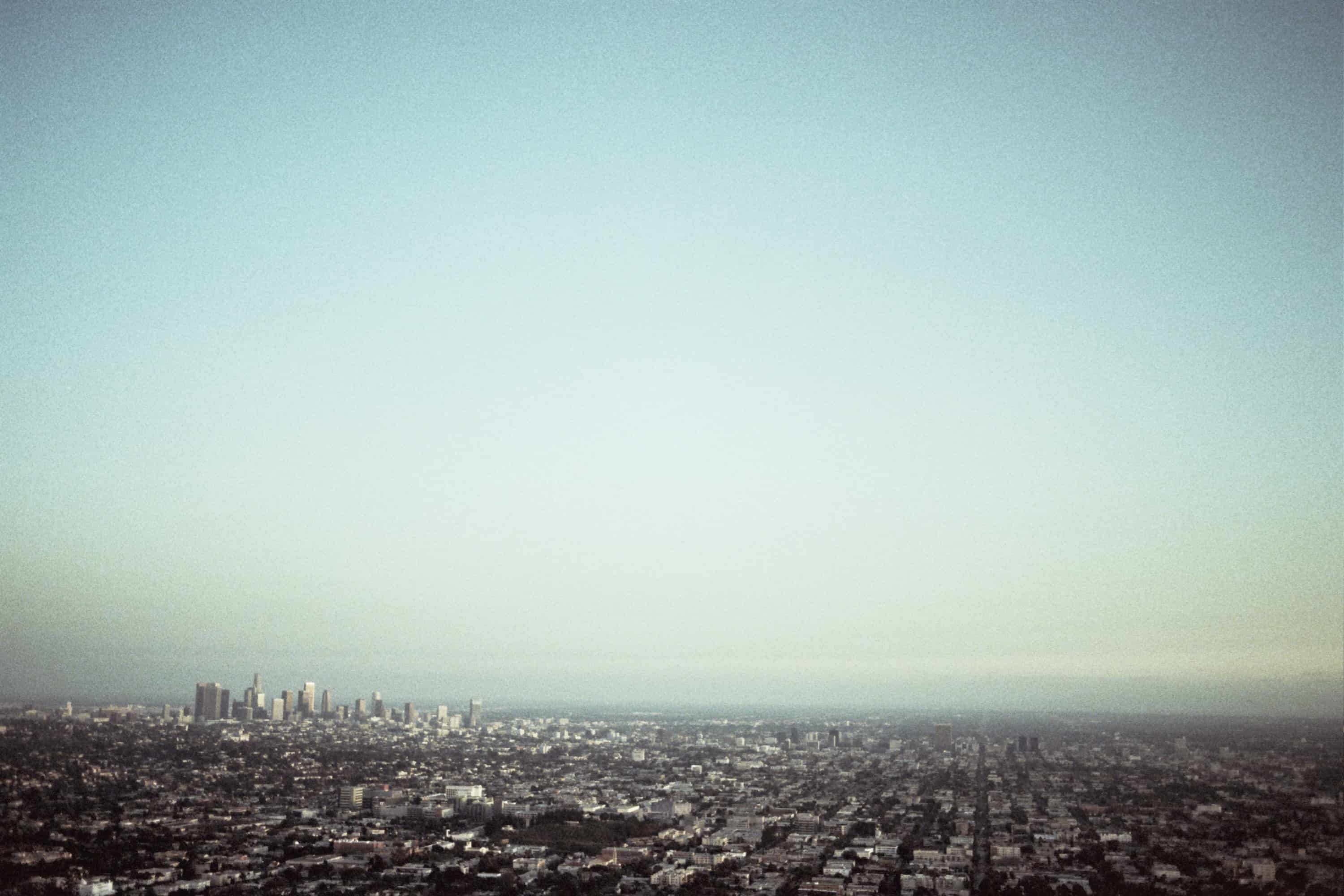

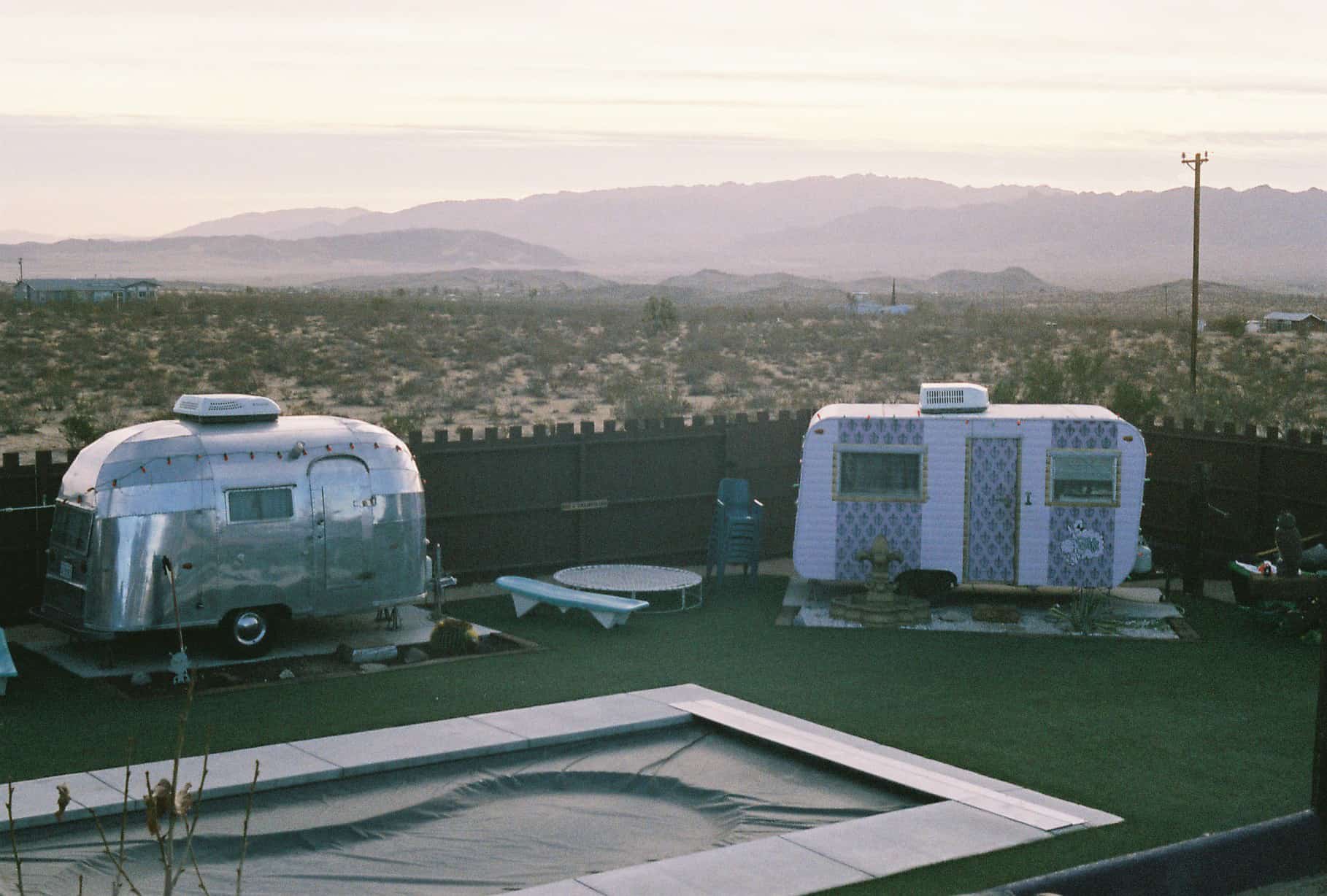
No Comments